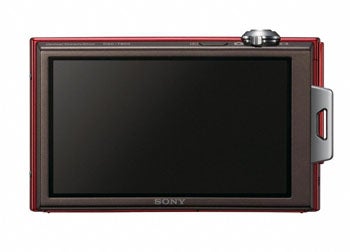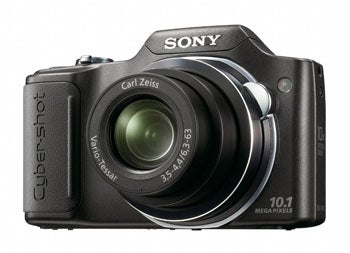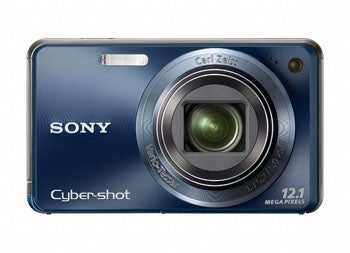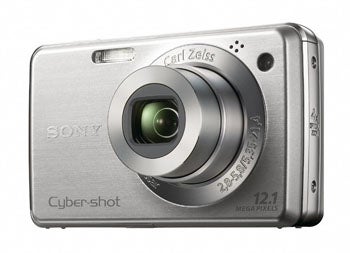Santa Ana, Calif.-based STEC subsequently said it dropped its rhetorical lawsuit that alleged Seagate misappropriated STEC's intellectual property as it related to SSDs.
As part of the dismissal, no money was exchanged and neither party licensed its technology to the other, STEC stated.
"This is an important development in light of the mass adoption of SSDs," STEC CEO Manouch Moshayedi said in a statement. "We have always contended that SSD does not borrow from existing hard drive technology but rather offers an all-together new approach to storage. We view the dismissal as a vindication of our technology."
Seagate said it dropped the lawsuit because economic conditions didn't make pursuing the case worthwhile.
"The economic conditions today are drastically altered from those that existed when we filed the litigation, and the impact of STEC's sales of SSDs has turned out to be so small that the expenditures necessary to vindicate the patents could be better spent elsewhere," Seagate said in an e-mail response to Computerworld.
STEC makes high-end, single-level cell (SLC) NAND flash memory-based SSDs that it sells to original equipment manufacturers such as EMC Corp. and Sun Microsystems Inc., which in turn use them in their storage arrays as a top-tier disk drive. SLC memory stores one bit per flash memory cell, while multilevel cell (MLC) memory stores two or more bits per cell. While MLC memory offers higher capacities, natively, it is less reliable and slower than SLC. However, specialized software is narrowing the performance gap between the two flash memory types.
Moshayedi said that with the lawsuit over, STEC can use its resources to take full advantage of the market opportunities for selling its SSDs.
Seagate brought the lawsuit in U.S. District Court for the Northern District of California in April 2008. It claimed that several STEC products, including SSDs and some DRAM (dynamic RAM) devices, infringed on as many as four Seagate patents. The lawsuit had threatened to raise SSD prices.
Gregory Wong, an analyst at Forward Insights, however, believes just the opposite.
"I don't think it slowed STEC's momentum. STEC has had quite a few [reseller] wins: EMC, Sun, Hitachi, and I believe about a week or two ago, IBM," he said.
Wong said Seagate's lawsuit was an attempt to slow STEC's production of SSDs because the company is the main supplier of high-end single-level cell NAND flash SSDs in the enterprise market. However, he said the lawsuit was too far off base to be effective.
"If you really look at what Seagate was alleging in terms of the patents infringements they were asserting, it has nothing to do with SSD. There was one infringement that was packaging related, a couple of others related to hard disk drives and one even mentioned platters, and SSDs don't have platters," he said.
While Seagate has stated it will produce an SSD product, it has yet to go to market with one. Seagate CEO Bill Watkins has said the company will produce one sometime this year. Seagate spokesman David Szabados said the company plans to release an SLC SSD product targeting Tier 0 storage in the second half of the year. Szabados said Seagate also plans a hybrid SSD product that combines SLC NAND with MLC NAND. That product will be targeted at the notebook PC market.










